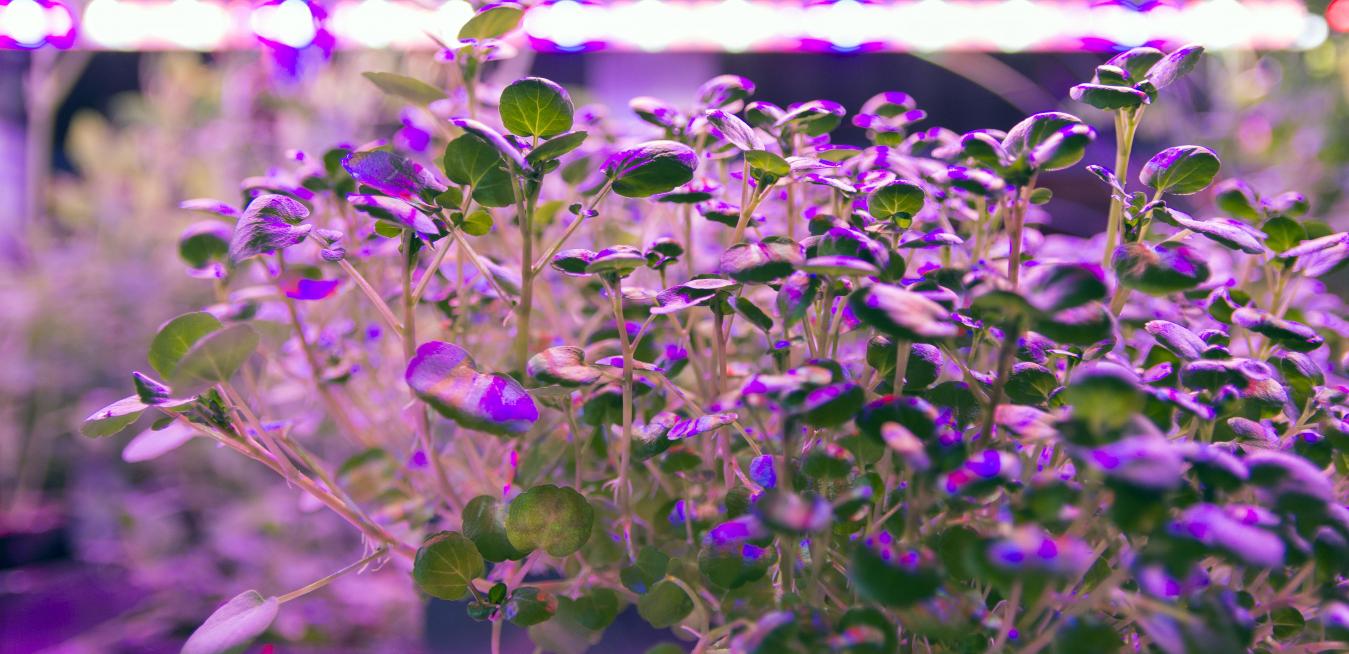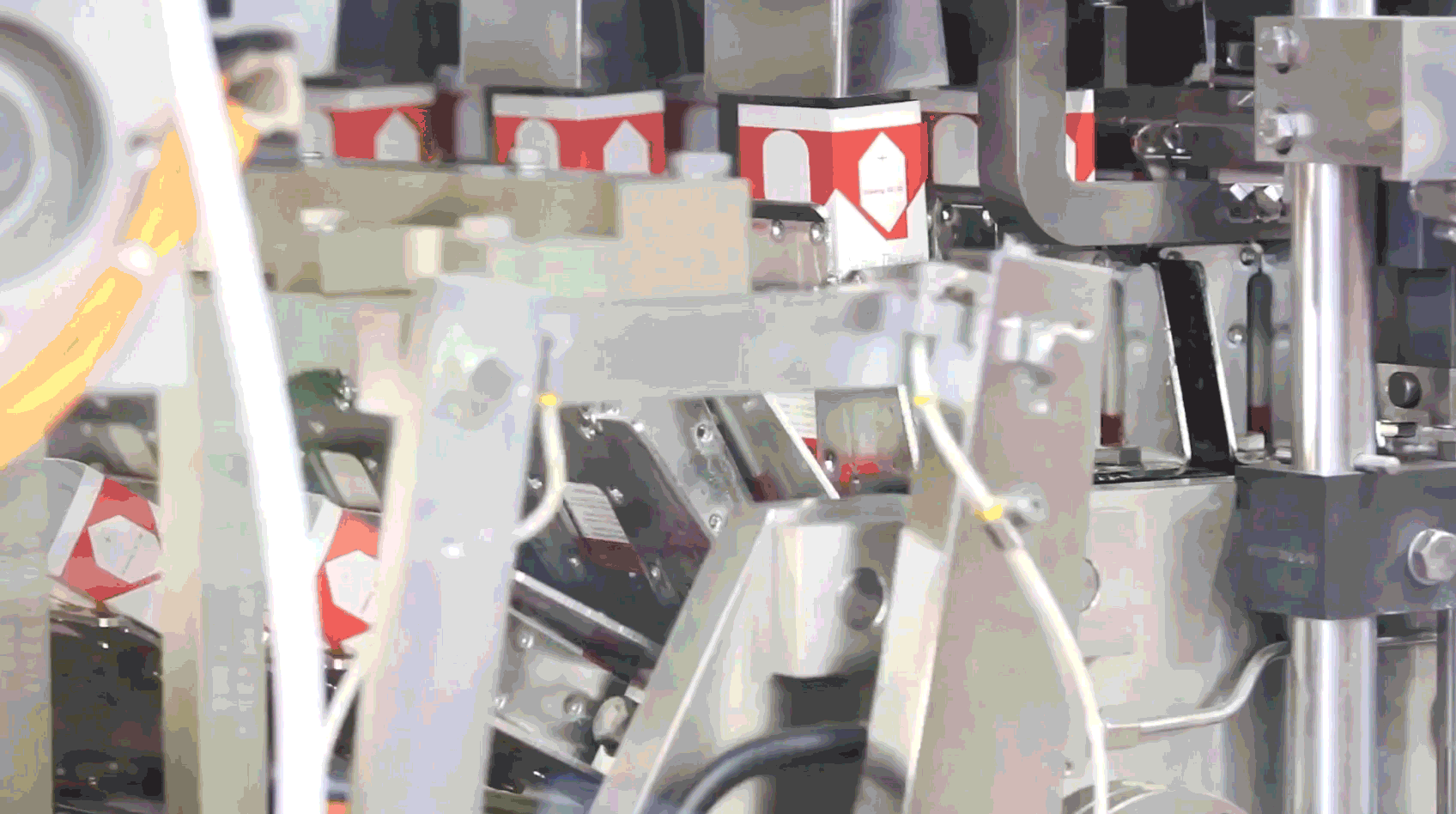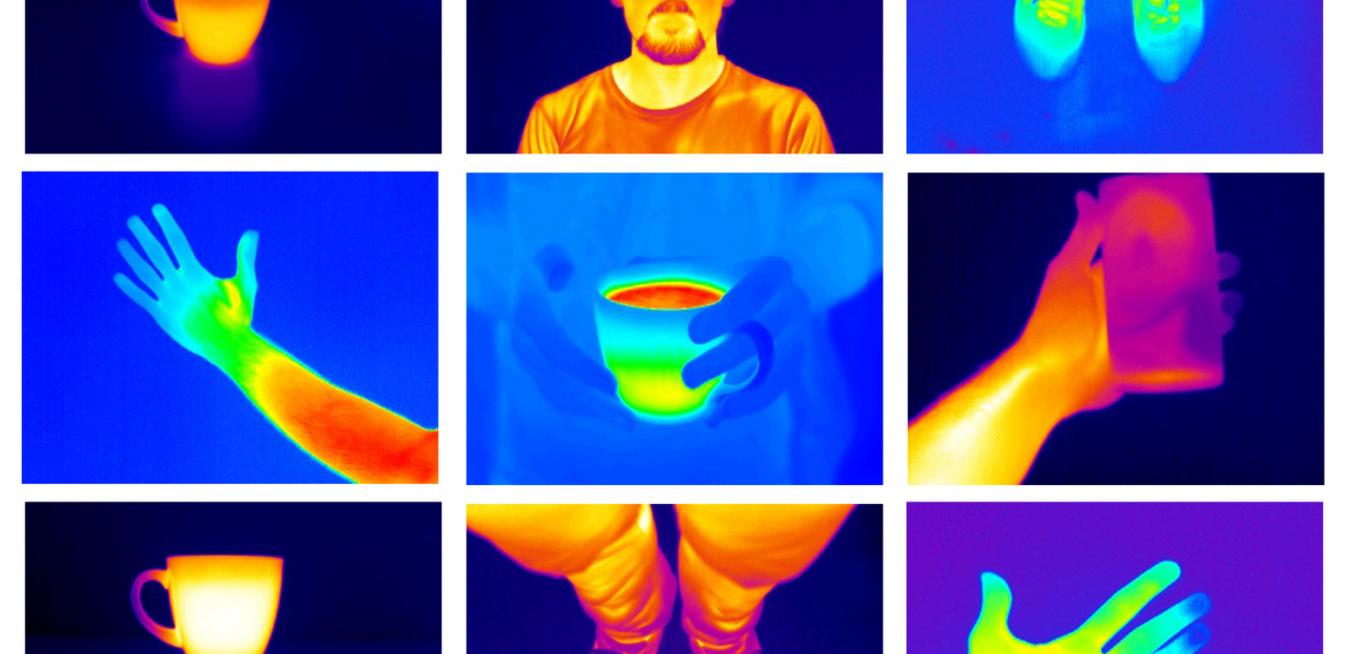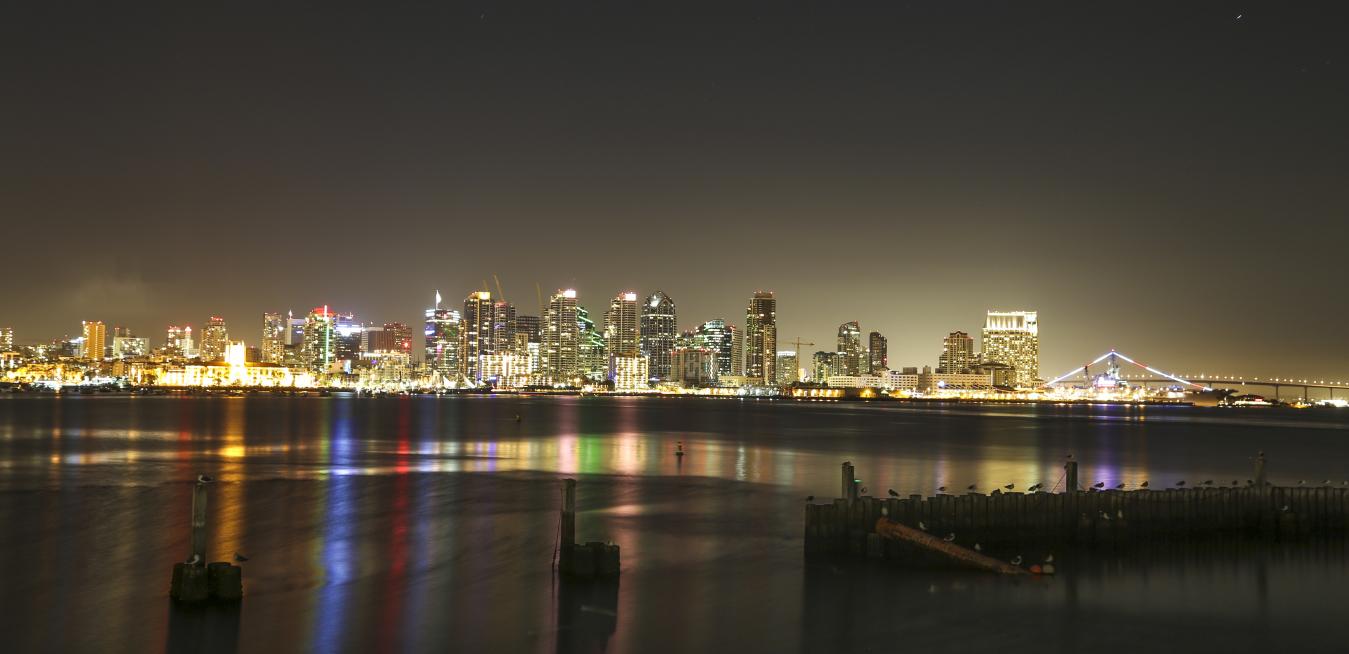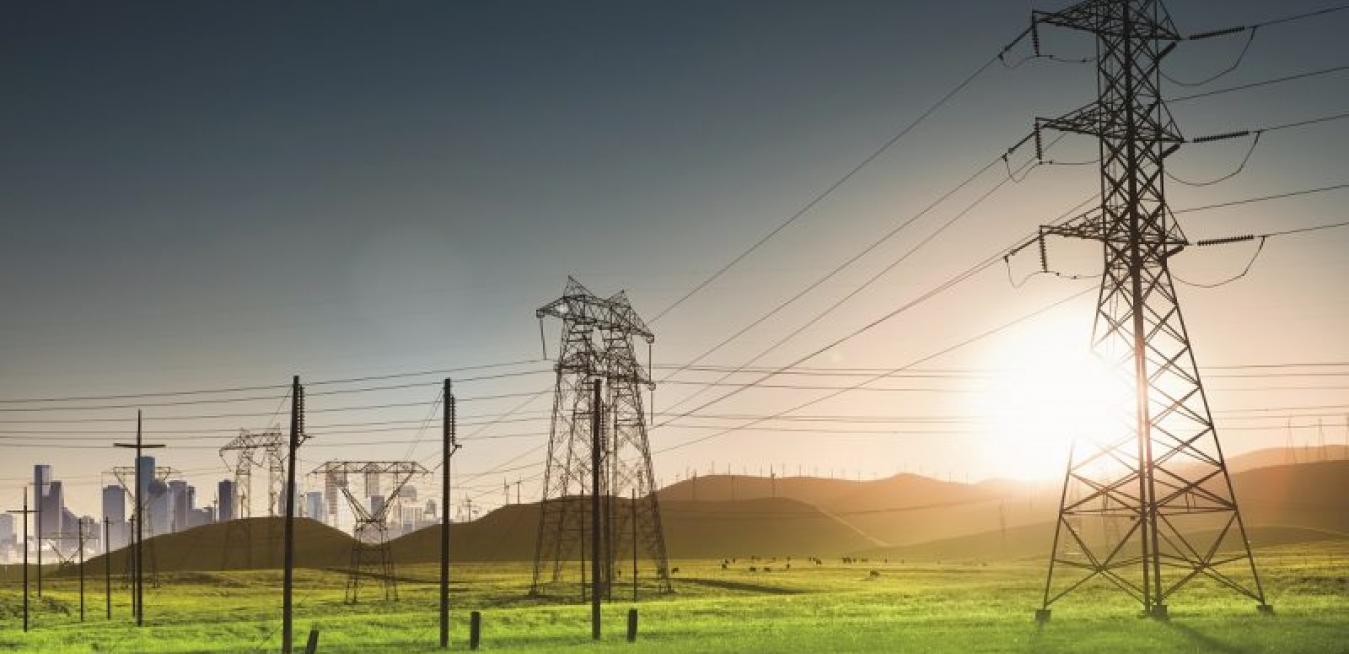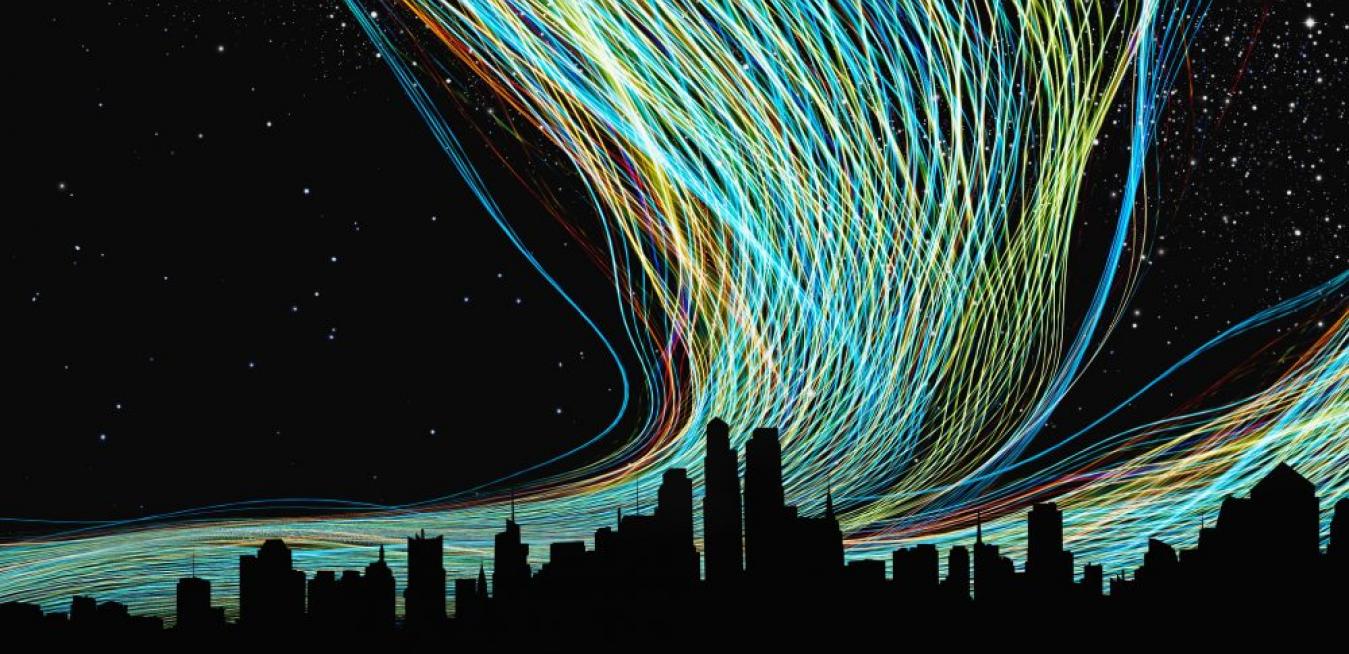That's because SIG makes packaging and machines that box food, drinks, and other products at rapid-fire rates. They can fill 9,000 large cartons, 12,000 medium cartons, or 24,000 smaller cartons with veggies, soups and other foodstuffs in the space of an hour. In 2017 alone, the equipment produced 33.6 billion cartons.
The French startup IRLYNX believes it can help them set sales on fire. The company developed small heat sensors, each just 1 centimeter in diameter, that retailers can place on walls, ceilings and even in light fixtures around a store to track customers.
The evolution of computing technology has long been predicated by ‘Moore’s Law’, a much-quoted observation made by Intel founder, Gordon Moore in 1965. He predicted that the number of transistors in a dense integrated circuit, would double every two years, to drive exponential growth.
If one of the world’s largest independent developers of renewable energy, now a venture investor, is bullish on a new technology, industry watchers listen. Invenergy, which develops, owns and operates large-scale renewable energy generation facilities in North America, Latin America, Japan and Europe, explains why it’s betting on businesses that involve energy’s digital applications.
The sky's the limit with the Internet of Things, if you have the right network. Sooner than you think, 5G networks will offer data speeds 10 to 100 times faster than current 4G networks. This will unlock coveted features such as voice commands, facial recognition and more.
Consider this: A driverless car that transports you safely to work while you apply makeup in the backseat, or a refrigerator that knows you’re out of milk and instantly orders a fresh gallon. Sounds good, right?
Today, GE announced its latest LED table lamp featuring Amazon Alexa. It’s only the beginning for the smart home of the future, according to Charlie Kindel, director of Amazon Alexa Smart Home.
1. Where is the future of the “smart” home heading?
